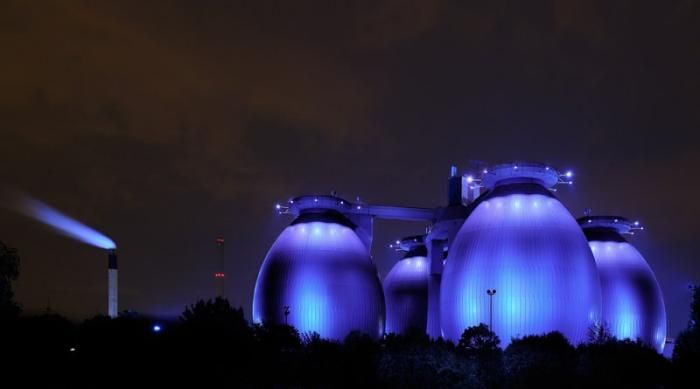|
|
Unusual Factory
|
History
Although large mills and workshops were established in ancient China, Rome and the Middle East, the Venice Arsenal provides one of the first examples of a factory in the modern sense of the word. Founded in 1104 in Venice, Republic of Venice, several hundred years before the Industrial Revolution, it mass-produced ships on assembly lines using manufactured parts. The Venice Arsenal apparently produced nearly one ship every day and, at its height, employed 16,000 people.
Many historians regard Matthew Boulton's Soho Manufactory (established in 1761 in Birmingham) as the first modern factory. (Other claims might be made for John Lombe's silk mill in Derby (1721), or Richard Arkwright's Cromford Mill (1771)—purpose built to fit the equipment it held and taking the material through the various manufacturing processes.) One historian, Jack Weatherford, contends that the first factory was in Potosí, for processing silver ingot slugs into coins, because there was so much silver being mined close by.
British colonies in the late 18th century built factories simply as buildings where a large number of laborers gathered to perform hand labor, usually in textile production. This proved more efficient—for administration and for the distribution of raw materials to individual laborers—than earlier methods of manufacturing such as cottage industries or the putting-out system.
|
|









